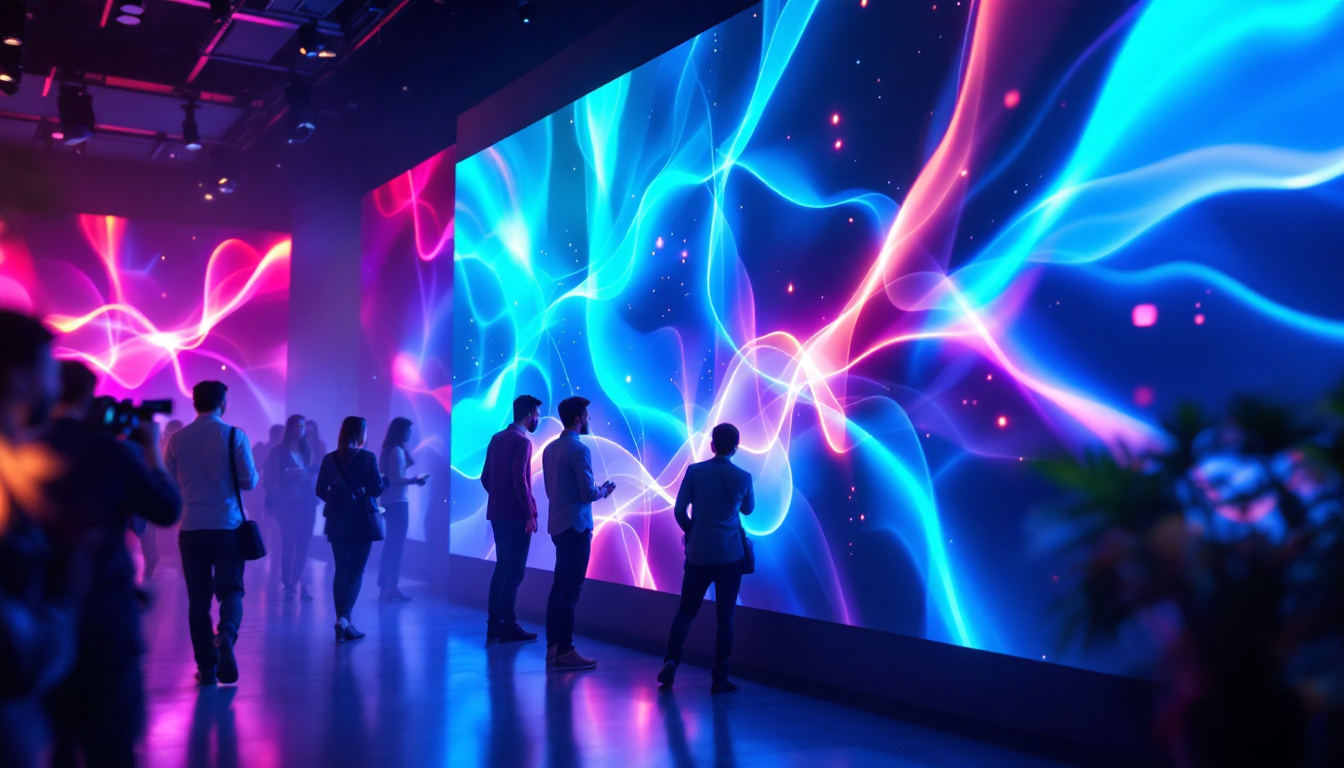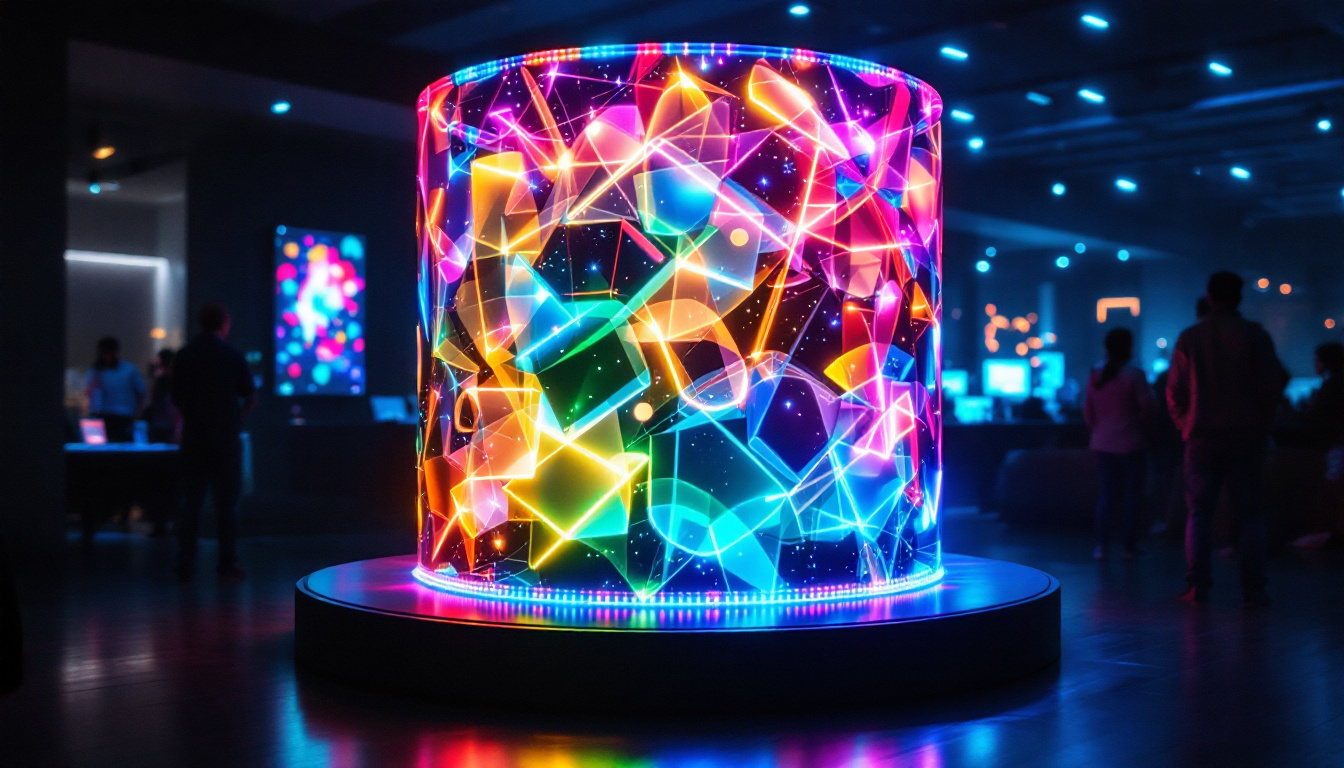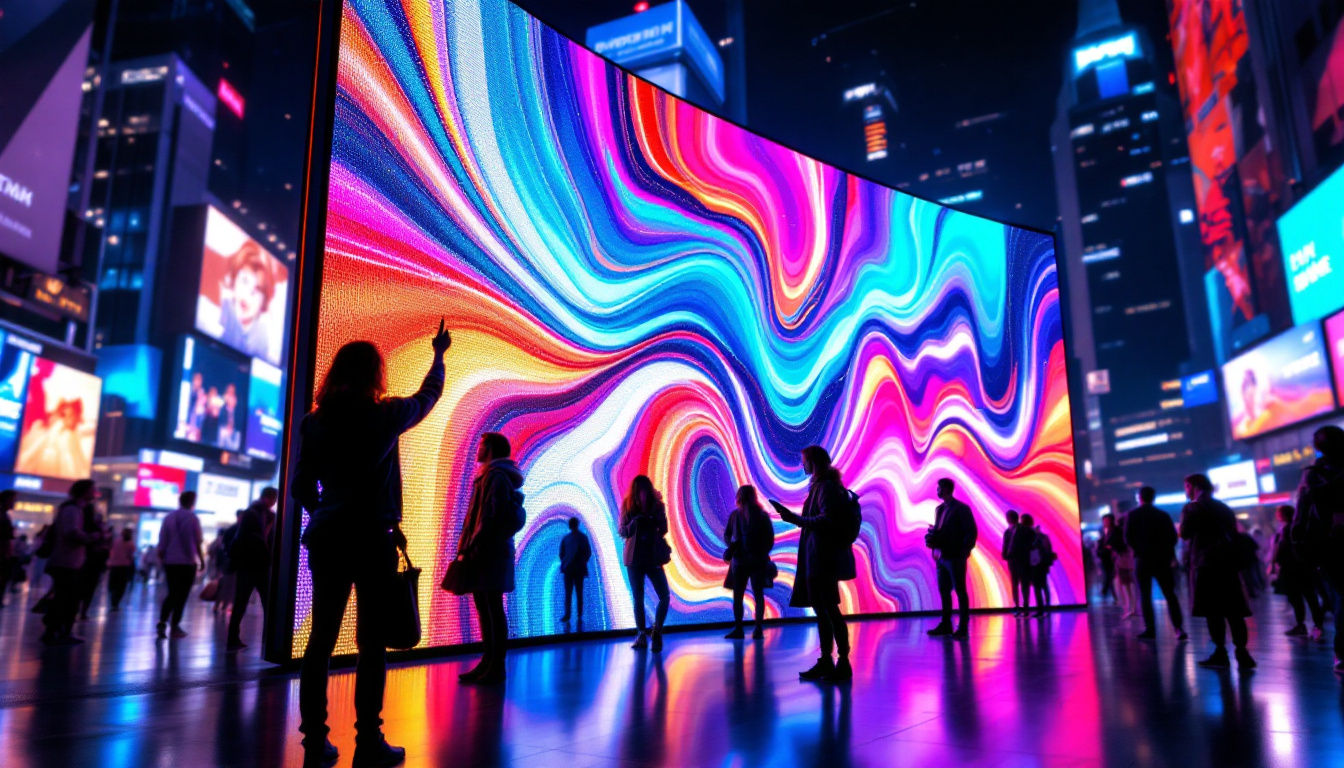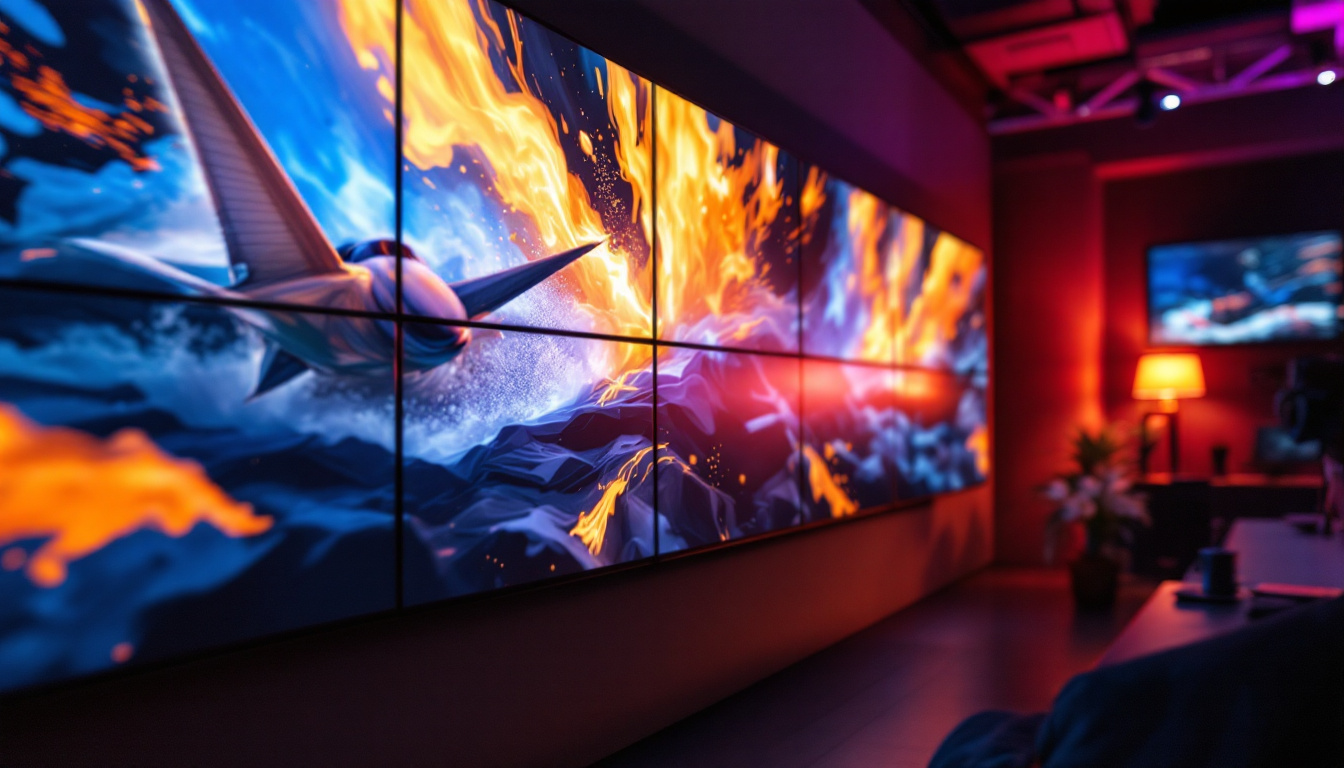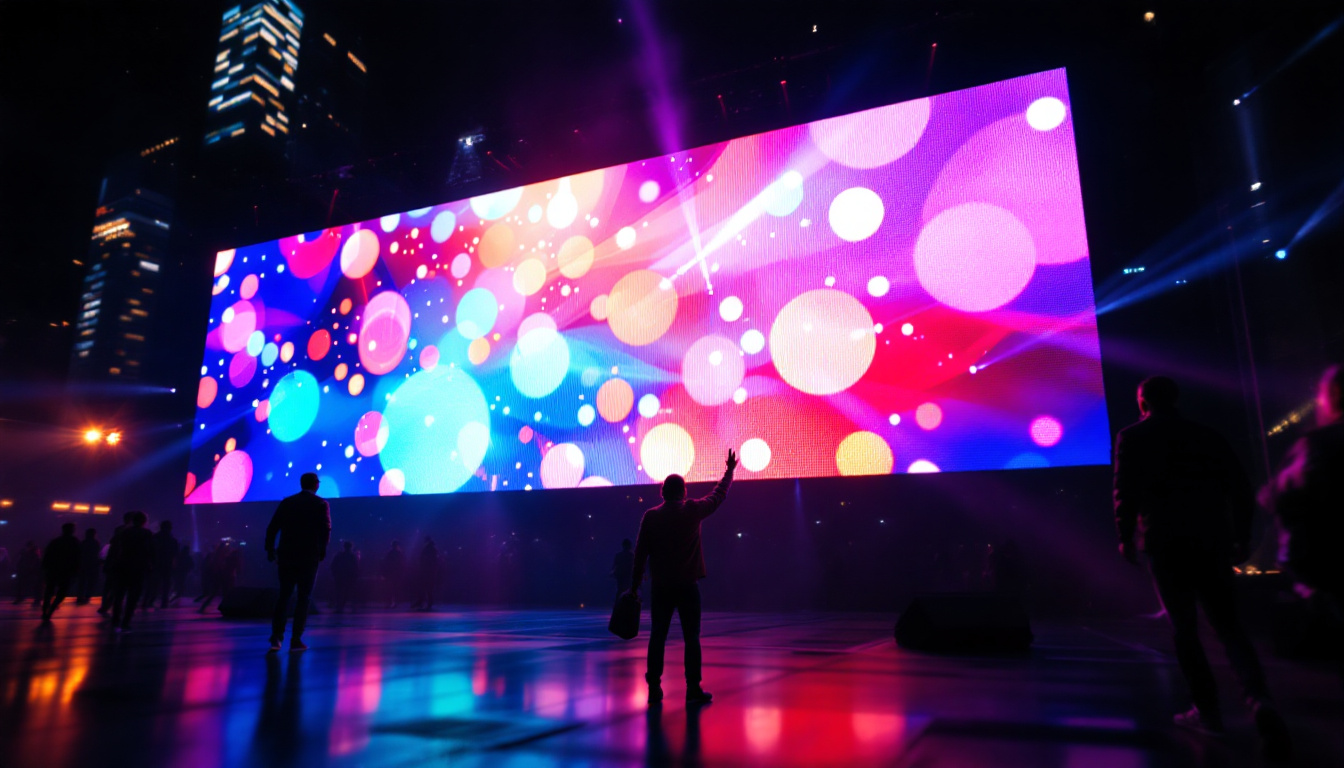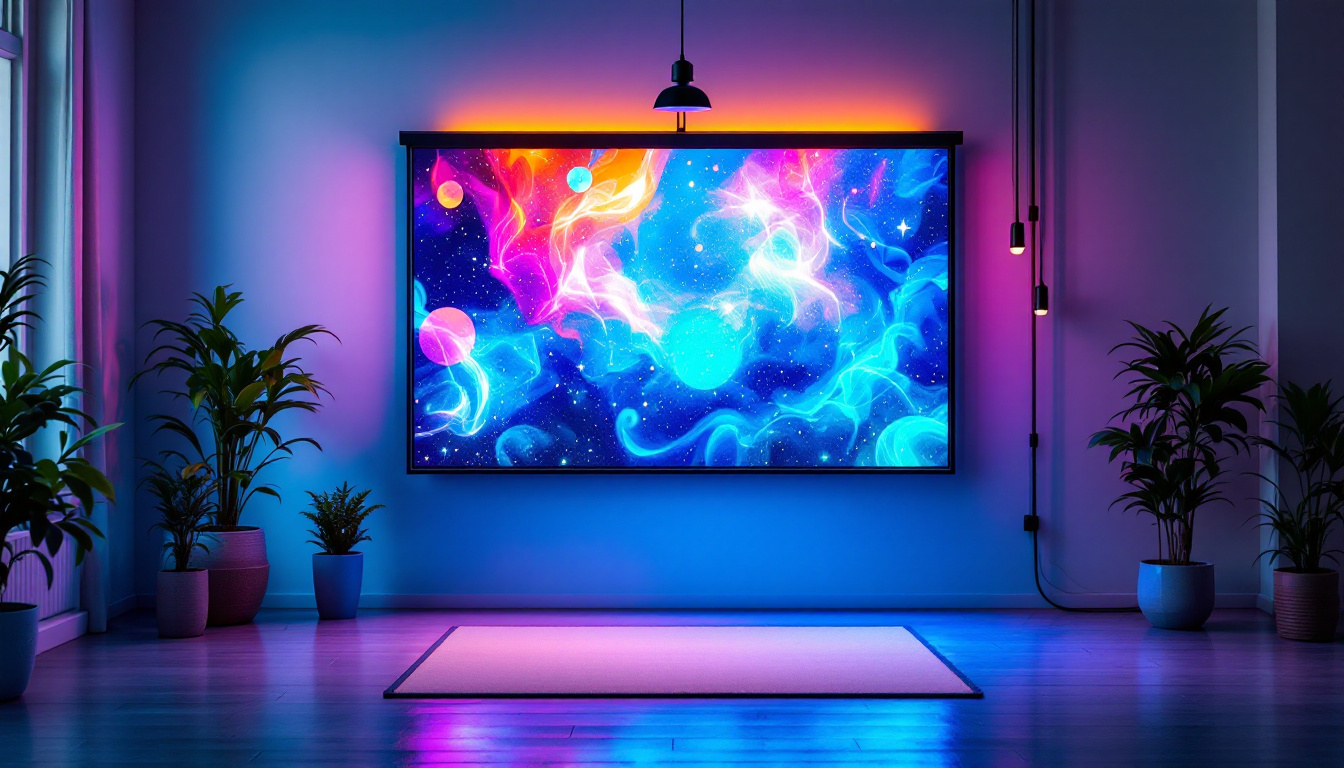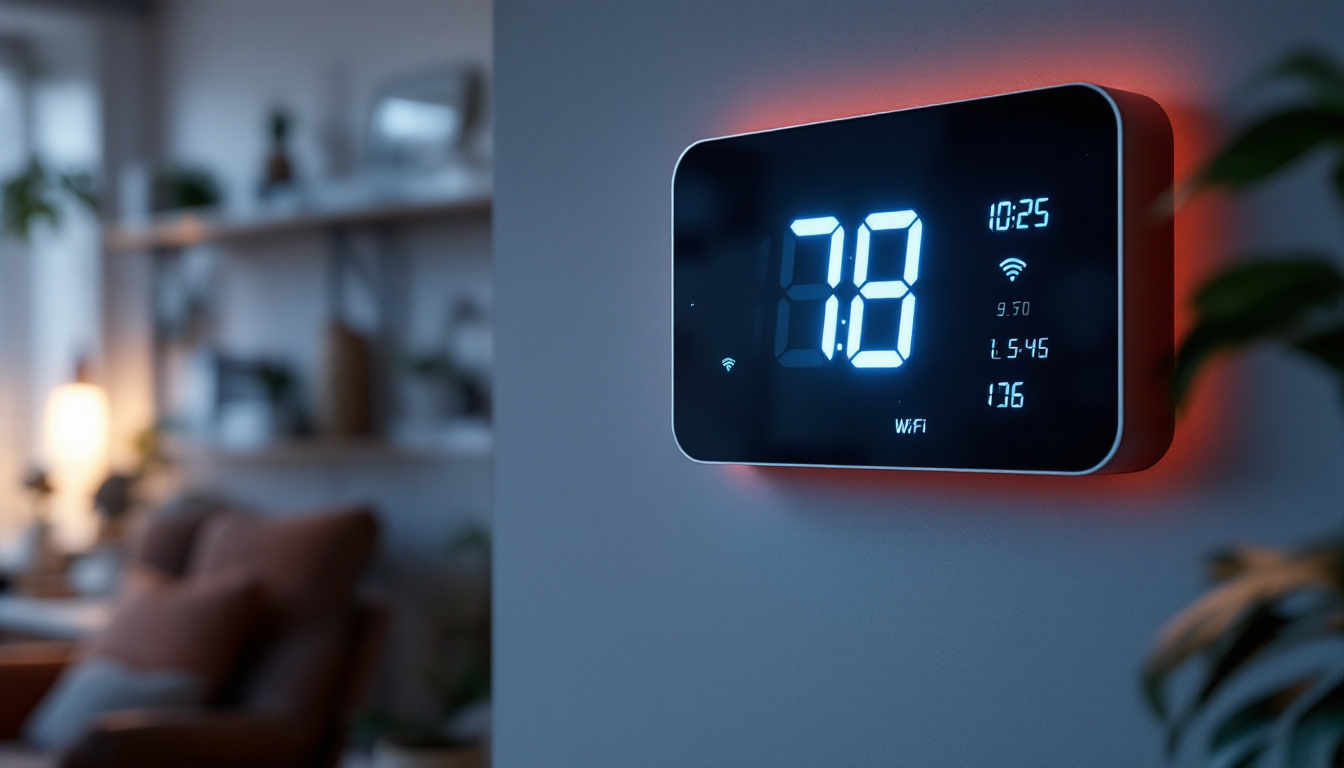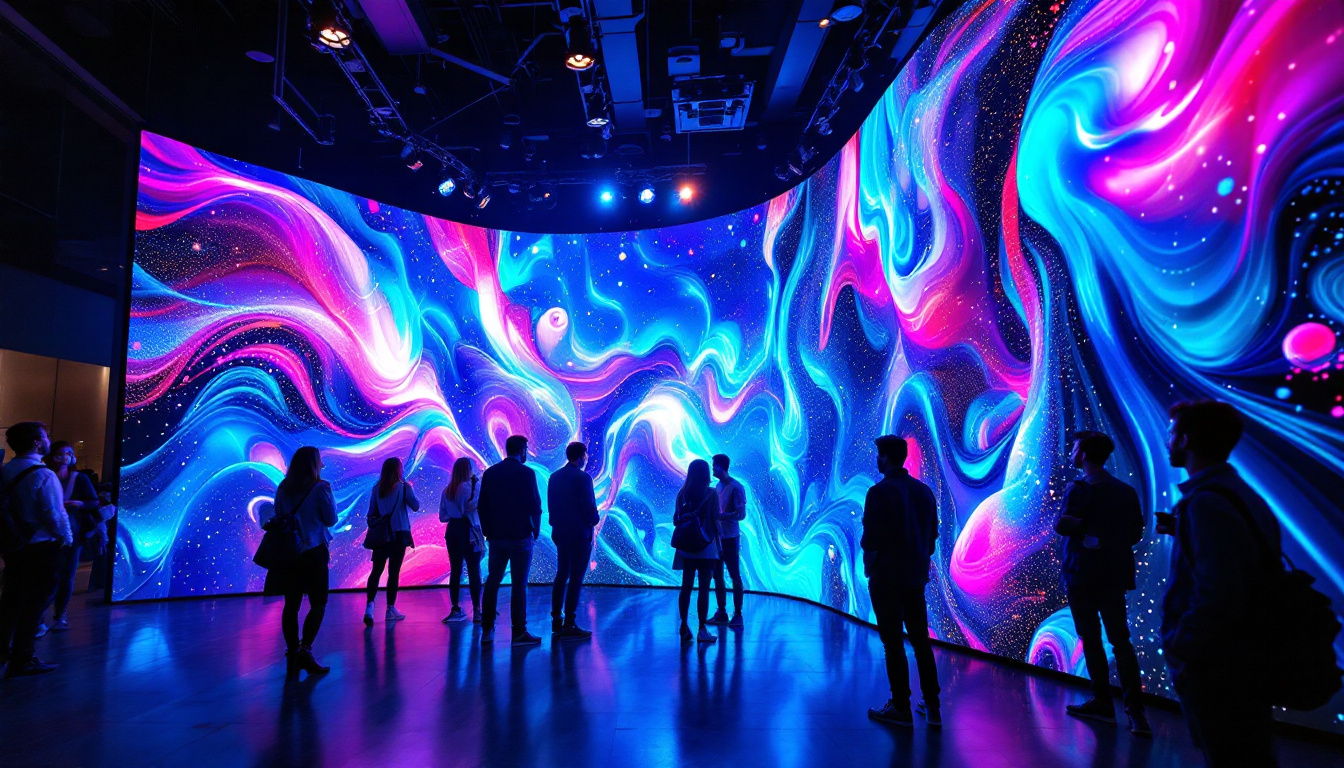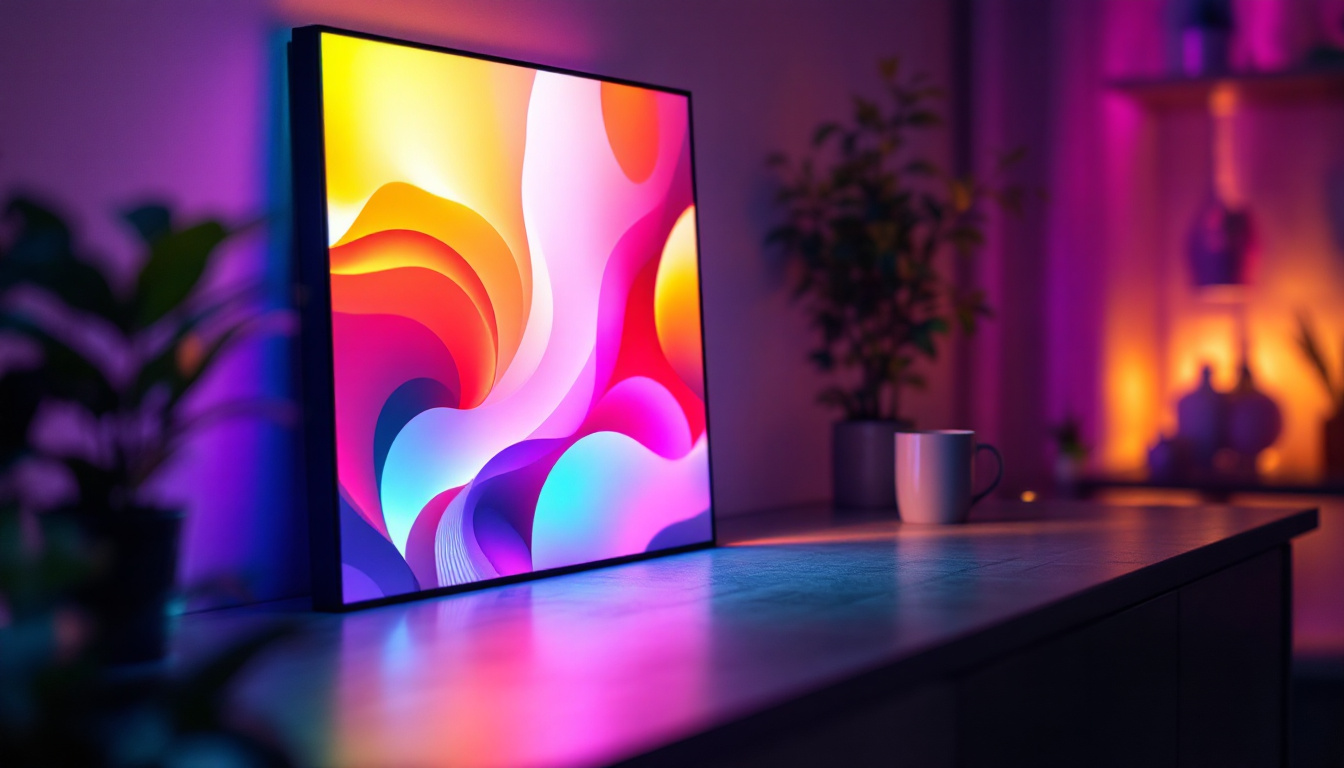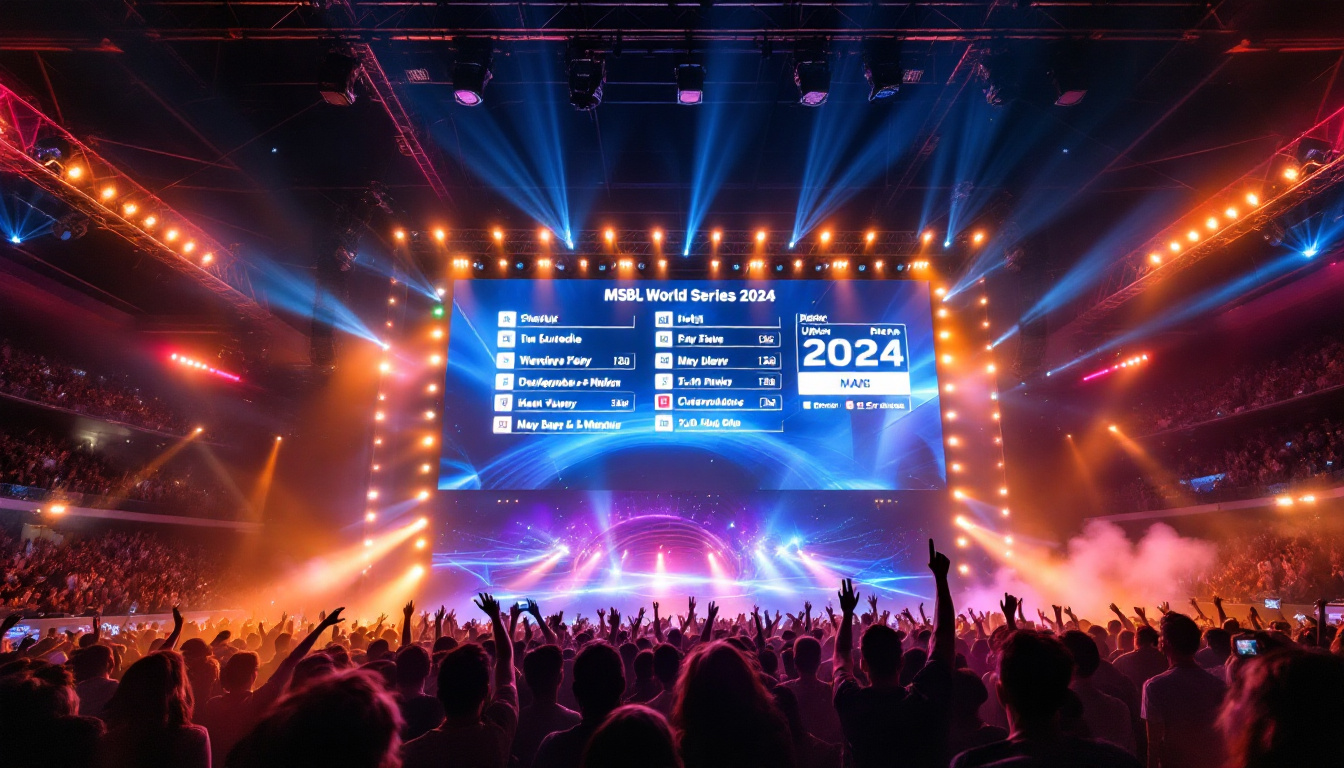In the modern educational landscape, technology plays a pivotal role in enhancing teaching and learning experiences. One of the most transformative innovations in this domain is the digital whiteboard, particularly the LED display version. This article delves into the intricacies of classroom digital whiteboards, exploring their features, benefits, and the impact they have on education.
Understanding Digital Whiteboards
Digital whiteboards, also known as interactive whiteboards, are large display screens that connect to a computer and projector. They allow educators to present information dynamically, interactively, and engagingly. Unlike traditional chalkboards or whiteboards, digital whiteboards offer a multitude of functionalities that can significantly enhance classroom learning. These tools not only facilitate the delivery of lessons but also encourage student participation and collaboration, making learning a more immersive experience.
Types of Digital Whiteboards
There are several types of digital whiteboards available in the market today. Each type comes with its unique features and functionalities, catering to different educational needs. The choice of digital whiteboard can depend on various factors, including classroom size, teaching style, and the specific subjects being taught.
- Touchscreen Displays: These boards allow users to interact directly with the screen using their fingers or stylus, making them intuitive and user-friendly. They are particularly effective for hands-on learning activities, where students can manipulate objects on the screen to better understand complex concepts.
- Projection-Based Whiteboards: These require a projector to display content on a whiteboard surface, where users can interact using a stylus or their hands. This type is often more cost-effective and can be used in various settings, from classrooms to conference rooms, making them versatile tools for collaboration.
- LED Displays: These are high-resolution screens that provide vibrant colors and sharp images, making them ideal for detailed presentations and multimedia content. The clarity and brightness of LED displays can captivate students’ attention, enhancing their engagement during lessons.
Key Features of LED Digital Whiteboards
LED digital whiteboards incorporate several advanced features that enhance their usability and effectiveness in the classroom. These features not only streamline the teaching process but also provide opportunities for innovative instructional strategies.
- High Resolution: LED displays offer superior image quality, ensuring that text and graphics are clear and easily readable from any distance. This is particularly important in larger classrooms where students may be seated far from the board.
- Multi-Touch Capability: Many LED whiteboards support multiple touch points, allowing several users to interact with the board simultaneously, fostering collaboration. This feature encourages group work and peer learning, as students can work together on projects or problem-solving exercises directly on the board.
- Integration with Software: These boards often come with software that enables educators to create interactive lessons, access educational resources, and even record sessions for later review. This integration allows teachers to customize their teaching materials and adapt to different learning styles, ensuring that all students can benefit from the lessons.
Moreover, the ability to save and share lessons digitally means that educators can easily revisit previous topics or share resources with students and parents, enhancing the overall educational experience. The interactive nature of these boards also promotes a more active learning environment, where students are encouraged to ask questions and engage in discussions, leading to a deeper understanding of the subject matter. As technology continues to evolve, the potential for digital whiteboards to transform traditional teaching methods becomes increasingly apparent, paving the way for a more connected and collaborative educational landscape.
The Benefits of Using LED Digital Whiteboards in Classrooms
The integration of LED digital whiteboards in educational settings offers numerous advantages that can enhance both teaching and learning experiences.
Enhanced Engagement
One of the most significant benefits of LED digital whiteboards is their ability to engage students more effectively than traditional teaching methods. The vibrant colors and dynamic presentations capture students’ attention, making lessons more interesting and interactive.
interactive features allow students to participate actively in lessons, whether by answering questions, solving problems, or collaborating on projects. This engagement can lead to improved retention of information and a deeper understanding of the subject matter.
Facilitating Collaboration
Collaboration is a crucial component of modern education, and LED digital whiteboards facilitate this process seamlessly. With multi-touch capabilities, multiple students can work on the board simultaneously, promoting teamwork and cooperative learning.
Group activities can be conducted more efficiently, as students can brainstorm, share ideas, and visualize concepts together. This collaborative environment fosters communication skills and prepares students for real-world teamwork scenarios.
Access to Diverse Resources
LED digital whiteboards provide educators with access to a vast array of digital resources. Teachers can easily incorporate videos, interactive simulations, and online quizzes into their lessons, enriching the learning experience.
This access to diverse materials allows educators to cater to different learning styles, ensuring that all students can engage with the content in a way that resonates with them. Furthermore, the ability to update and modify lessons in real-time keeps the curriculum relevant and engaging.
Implementing LED Digital Whiteboards in Classrooms
While the benefits of LED digital whiteboards are clear, successful implementation requires careful planning and consideration. Schools must assess their specific needs and resources before integrating this technology into their classrooms.
Assessing Classroom Needs
Before purchasing LED digital whiteboards, schools should conduct a thorough assessment of their classroom needs. This includes evaluating the size of the classroom, the number of students, and the types of lessons that will be conducted.
Understanding the specific requirements will help educators select the right type of digital whiteboard and ensure that it aligns with their teaching objectives. Additionally, considering the existing technological infrastructure is essential for a smooth integration process.
Training Educators
To maximize the benefits of LED digital whiteboards, educators must receive adequate training on how to use the technology effectively. Professional development programs can equip teachers with the necessary skills to create engaging lessons and utilize the board’s features to their fullest potential.
Ongoing support and resources should also be provided to help educators stay updated on new tools and techniques. This investment in teacher training will ultimately enhance the learning experience for students.
Maintaining the Technology
Regular maintenance and updates are crucial to ensuring the longevity and functionality of LED digital whiteboards. Schools should establish a maintenance schedule to address any technical issues promptly and keep the software up to date.
Additionally, fostering a culture of care among students and staff regarding the use of the technology can help prolong its lifespan. Teaching students to handle the equipment responsibly will minimize wear and tear and reduce repair costs.
Challenges and Considerations
While LED digital whiteboards offer numerous benefits, there are also challenges and considerations that educators and administrators must address.
Cost Implications
One of the primary challenges associated with implementing LED digital whiteboards is the cost. These advanced technologies can be expensive, not only in terms of the initial purchase but also regarding installation, maintenance, and training.
Schools must carefully evaluate their budgets and explore funding options, such as grants or partnerships with technology companies, to mitigate these costs. A well-planned budget can help ensure that the investment in digital whiteboards is sustainable over the long term.
Technical Issues
Like any technology, LED digital whiteboards can experience technical issues that may disrupt lessons. Schools should be prepared with a plan for addressing these challenges, including having technical support available and ensuring that educators are trained to troubleshoot common problems.
Having backup plans, such as alternative teaching methods or materials, can also help minimize disruptions when technical issues arise.
Balancing Technology with Traditional Methods
While technology offers numerous advantages, it is essential to strike a balance between digital tools and traditional teaching methods. Over-reliance on technology can lead to disengagement or hinder the development of critical thinking skills.
Educators should aim to integrate LED digital whiteboards into their teaching in a way that complements traditional methods, ensuring that students receive a well-rounded education that includes both digital and hands-on learning experiences.
Future Trends in Digital Whiteboard Technology
The landscape of digital whiteboards is continually evolving, with new trends and innovations emerging regularly. Staying informed about these developments can help educators make informed decisions about technology integration in their classrooms.
Artificial Intelligence Integration
As artificial intelligence (AI) technology advances, its integration into digital whiteboards is becoming more prevalent. AI can enhance the interactivity of lessons by providing personalized learning experiences tailored to individual student needs.
For instance, AI algorithms can analyze student performance data and suggest targeted resources or activities to address specific learning gaps. This level of personalization can significantly improve student outcomes and engagement.
Cloud-Based Collaboration Tools
Cloud-based collaboration tools are also gaining traction in the realm of digital whiteboards. These tools allow educators and students to access and share content from anywhere, facilitating remote learning and collaboration.
As more schools adopt hybrid or fully remote learning models, the ability to collaborate in real-time through digital whiteboards will become increasingly important. This trend emphasizes the need for schools to invest in reliable internet infrastructure and cloud-based solutions.
Enhanced Interactivity Features
Future digital whiteboards are likely to incorporate even more advanced interactivity features. Innovations such as augmented reality (AR) and virtual reality (VR) may soon be integrated into digital whiteboards, providing immersive learning experiences that can captivate students’ imaginations.
These technologies can transform lessons into interactive explorations, allowing students to engage with complex concepts in a hands-on manner. As these features become more accessible, they will undoubtedly reshape the educational landscape.
Conclusion
LED digital whiteboards represent a significant advancement in educational technology, offering numerous benefits that can enhance teaching and learning experiences. By understanding their features, advantages, and challenges, educators can make informed decisions about their implementation in classrooms.
As technology continues to evolve, staying abreast of emerging trends will be essential for educators looking to maximize the potential of digital whiteboards. With thoughtful planning, training, and maintenance, LED digital whiteboards can serve as powerful tools that foster collaboration, engagement, and effective learning in the classroom.
Discover LumenMatrix LED Display Solutions for Your Classroom
Ready to elevate your educational environment with the latest in LED display technology? LumenMatrix is at the forefront of creating immersive and interactive visual experiences that can transform your classroom. From engaging Indoor LED Wall Displays to dynamic All-in-One LED Display solutions, our products are designed to captivate students and enhance learning. Embrace the future of education and check out LumenMatrix LED Display Solutions today to see how we can help you create a more engaging, collaborative, and effective educational setting.


